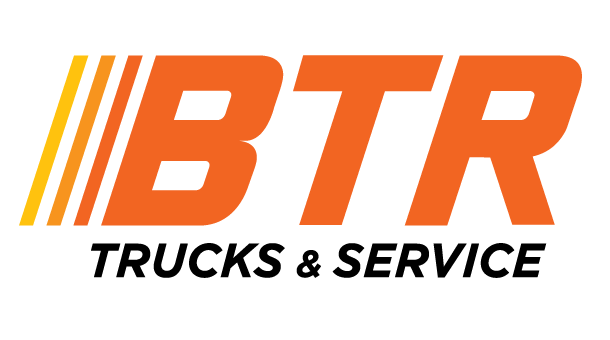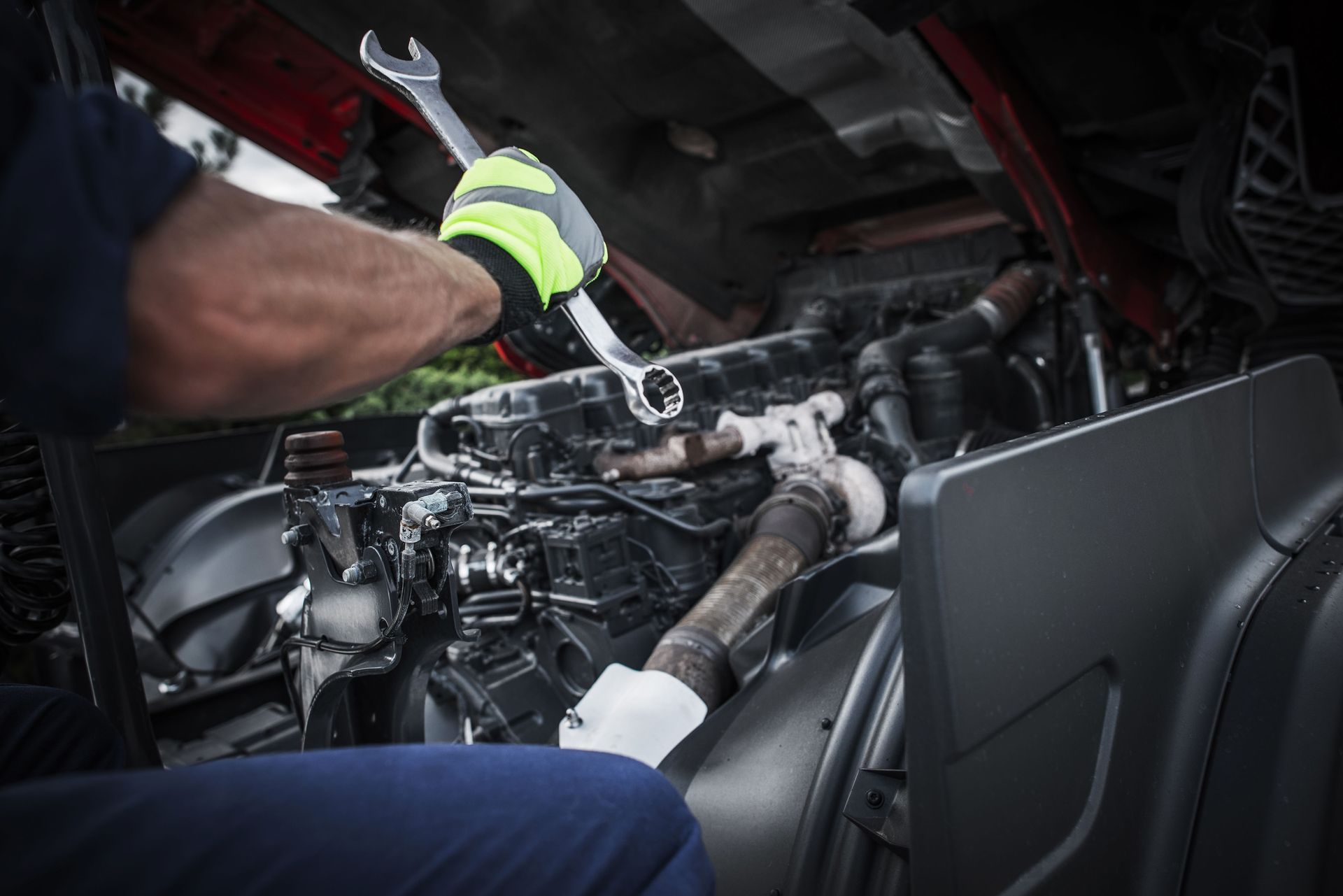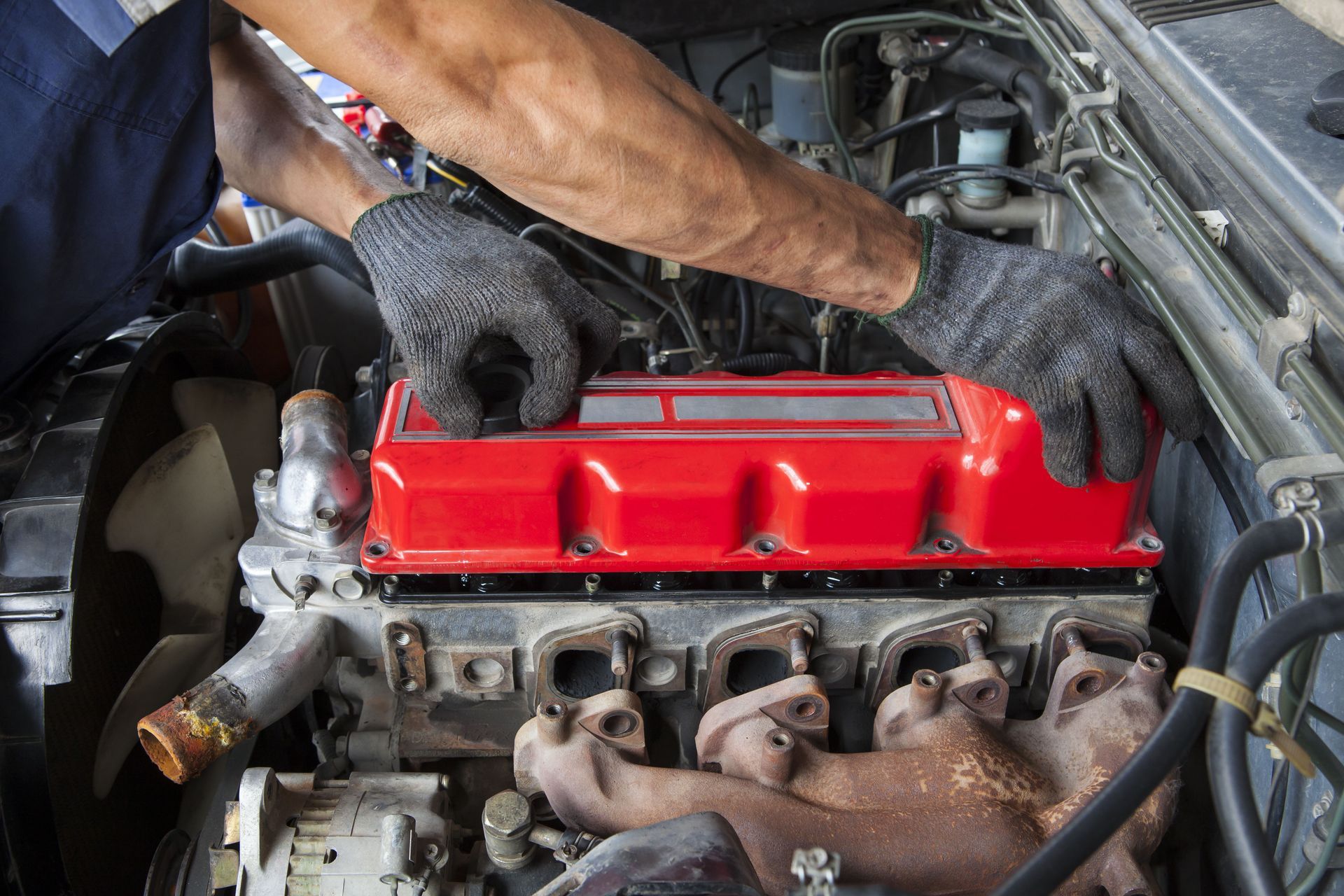November 19, 2025
Semi trucks are the backbone of commercial transportation, responsible for moving goods across long distances efficiently and reliably. When one is involved in a collision, returning it to safe, fully operational condition is a complex process that requires careful planning and specialized expertise. Even minor accidents can affect multiple systems, making professional assessment and truck repair service essential.
Collisions can impact body panels, structural integrity, mechanical components, and electronic systems, all of which must be evaluated thoroughly. Technicians need to identify visible damage as well as hidden issues that could affect safety or operational performance. Proper inspection at this stage ensures that all repairs address both immediate and potential long-term concerns, which helps reduce the risk of further accidents.
For fleet managers and owner-operators, understanding the process of semi truck collision repair is essential to minimizing downtime and maintaining compliance with FHWA and DOT regulations. Efficient truck repair service not only restores safety but also protects the value and longevity of the vehicle. This article walks through each stage of semi truck collision repair, focusing on commercial body work, preventative maintenance, DOT inspections, and used commercial truck services without exceeding the scope of services provided by specialized repair facilities.
Assess the Initial Damage to Semi Trucks
Evaluate Visible Body Damage Thoroughly
When a semi truck experiences a collision, the first step is a careful assessment to determine the scope of damage. Technicians evaluate visible body damage to the cab, cargo box, doors, panels, and bumpers, along with any signs of structural compromise such as frame distortion. This stage often involves using measurement tools and templates to ensure that panel deformation or frame misalignment is accurately recorded.
Accurate evaluation allows for precise planning of the repair service and ensures that no structural issues are overlooked before moving forward. Photographs and detailed documentation are captured to support insurance claims and fleet management decisions. Coordinating logistics is essential to minimize downtime and maintain operational efficiency.
Identify and Address Mechanical Hazards Effectively
Mechanical systems are checked for immediate safety hazards, including leaks, damaged mounts, or compromised steering and suspension components. Technicians ensure the truck is safely stabilized and prepared for transport to the repair facility, preventing further damage during transit. Early detection of mechanical hazards prevents further issues and ensures the vehicle is safe for both personnel and cargo.
Fluids, belts, and hoses are inspected to identify any hidden problems that could affect engine or drivetrain performance. Identifying these early allows the truck repair service team to plan interventions accurately. Comprehensive documentation at this stage supports both the repair process and fleet reporting requirements.
Conduct a Comprehensive Truck Inspection
Perform Detailed Structural and Mechanical Checks
After initial assessment, a thorough inspection at the repair facility examines the truck in detail. Body panels, frame rails, and cross-members are measured for structural integrity. Technicians check mechanical components such as the engine, transmission, drivetrain, and suspension to identify issues that may not have been visible on the initial assessment.
During this inspection, precise measurements and stress tests are performed to detect minor bends or weaknesses. Ensuring the truck’s structural framework is intact supports accurate repairs and high-quality repair service. This stage also includes reviewing prior maintenance records to anticipate potential issues.
Run Precise Electronic Diagnostics
Electrical systems, including ECMs, ABS modules, and telematics, are scanned for fault codes or hidden damage. This inspection forms the basis for a detailed repair plan and estimate, outlining required parts, labor, and expected timelines. Fleet managers or truck owners review and approve the plan before work begins.
Technicians verify that all safety-related electronics function correctly. Any damaged sensors or wiring are identified and repaired to prevent operational issues. This ensures that trucks meet DOT inspection requirements after the repair and supports a reliable truck repair service outcome.
Perform Disassembly and Damage Removal
Remove Damaged Components Carefully
Once approved, the repair process moves to disassembly. Damaged panels, doors, bumpers, and liftgates are removed to expose structural components. Cleaning and protection of unaffected areas prevent further damage during repair.
Proper removal allows the repair service team to isolate problem areas without affecting functional components. Replacement parts can be fitted accurately, minimizing the risk of misalignment during reassembly. Careful handling also protects adjacent systems from accidental damage.
Detect Hidden Damage Accurately
Technicians identify hidden issues such as stressed welds, bent brackets, or damaged wiring harnesses that were not apparent in the initial inspection. Electrical systems are disconnected when welding or heavy repairs are needed. Frame sections may be separated or prepared for straightening or replacement to ensure all damaged areas are accessible.
Hidden damage can include subtle bends in frame rails or compromised mounting points that could impact safety or load handling. Early identification allows the truck repair service team to address these thoroughly. According to Consumer Shield, the U.S. has recorded between 143,000 and 166,000 truck accidents annually in recent years.
Restore Structural Integrity and Framework
Straighten and Replace Frame Sections Precisely
Structural integrity is critical for heavy-duty trucks. Technicians use specialized equipment to straighten or replace frame rails, cross-members, and mounting points. Sections beyond repair are cut out and replaced with factory-spec or fabricated components.
Precision is key during frame restoration, and computer-aided measuring systems ensure that rails and cross-members are restored to manufacturer specifications. This prevents long-term structural fatigue and ensures proper alignment of suspension and drivetrain components. A high-quality truck repair service relies on these precise adjustments to maintain safety.
Repair Mounts and Brackets Reliably
Mounts for suspension, drivetrain, and body panels are inspected and repaired to restore proper alignment. Skilled fabrication ensures brackets, reinforcements, and structural elements are restored to original strength and functionality. Every adjustment is measured for precision to maintain vehicle safety and operational performance.
Technicians verify that all mounting points meet DOT compliance standards. Proper mounting and bracket repair support load handling and the overall reliability of the repair service. These measures ensure trucks are ready to carry heavy loads over long distances safely.
Repair Body Panels and Reassemble Components
Align Panels and Ensure Proper Fit
Once the frame is restored, attention turns to the truck body. Panels, doors, and cargo box components are either reshaped or replaced as needed. Reassembly focuses on fit and function, ensuring doors, liftgates, and hatches operate correctly. Cargo box alignment is verified to maintain proper sealing and load handling.
Technicians make fine adjustments to hinges, latches, and seals to ensure optimal functionality. Correct alignment enhances both the vehicle’s appearance and operational safety. Accurate panel fit is critical to delivering a complete truck repair service.
Prepare Surfaces for Painting Professionally
Technicians check panel gaps, latches, and hardware before beginning surface preparation for painting. Proper preparation includes sanding, priming, and masking adjacent areas to ensure a clean finish. This attention to detail ensures the longevity of the paint and protection of metal surfaces.
Additional steps, such as filling minor dents and smoothing panel surfaces, help ensure that the paint adheres evenly and maintains a consistent finish. These measures are part of a professional repair service aimed at restoring both function and appearance. Proper painting also prevents corrosion and extends vehicle lifespan.
Partnering with the right team for semi truck collision repair helps minimize downtime and keeps your vehicles safe and fully operational. By focusing on commercial body work, preventative maintenance, and FHWA/DOT inspections, every stage—from initial assessment and frame restoration to body panel repairs and paint refinishing—is handled with precision. For fleets and owner-operators seeking dependable service and thorough commercial truck maintenance, BTR Trucks & Service provides certified inspections, expert reconditioning, and fast diagnostics. Learn more about how our truck repair service can get your trucks back on the road efficiently and reliably.






